Hampnett House: A Gloucestershire garden where an empty, squelchy lawn has been replaced by 'gorgeous flowery generosity'
What to do if you inherit a garden that isn’t your style? Tiffany Daneff visits the garden at Hampnett House, Gloucestershire — home of Mr Sanjeev Shah and Ms Mansi Amin — and finds a space that has undergone a major transformation, from high-concept minimalism to flower-filled paradise. Photographs by Britt Willoughby Dyer.
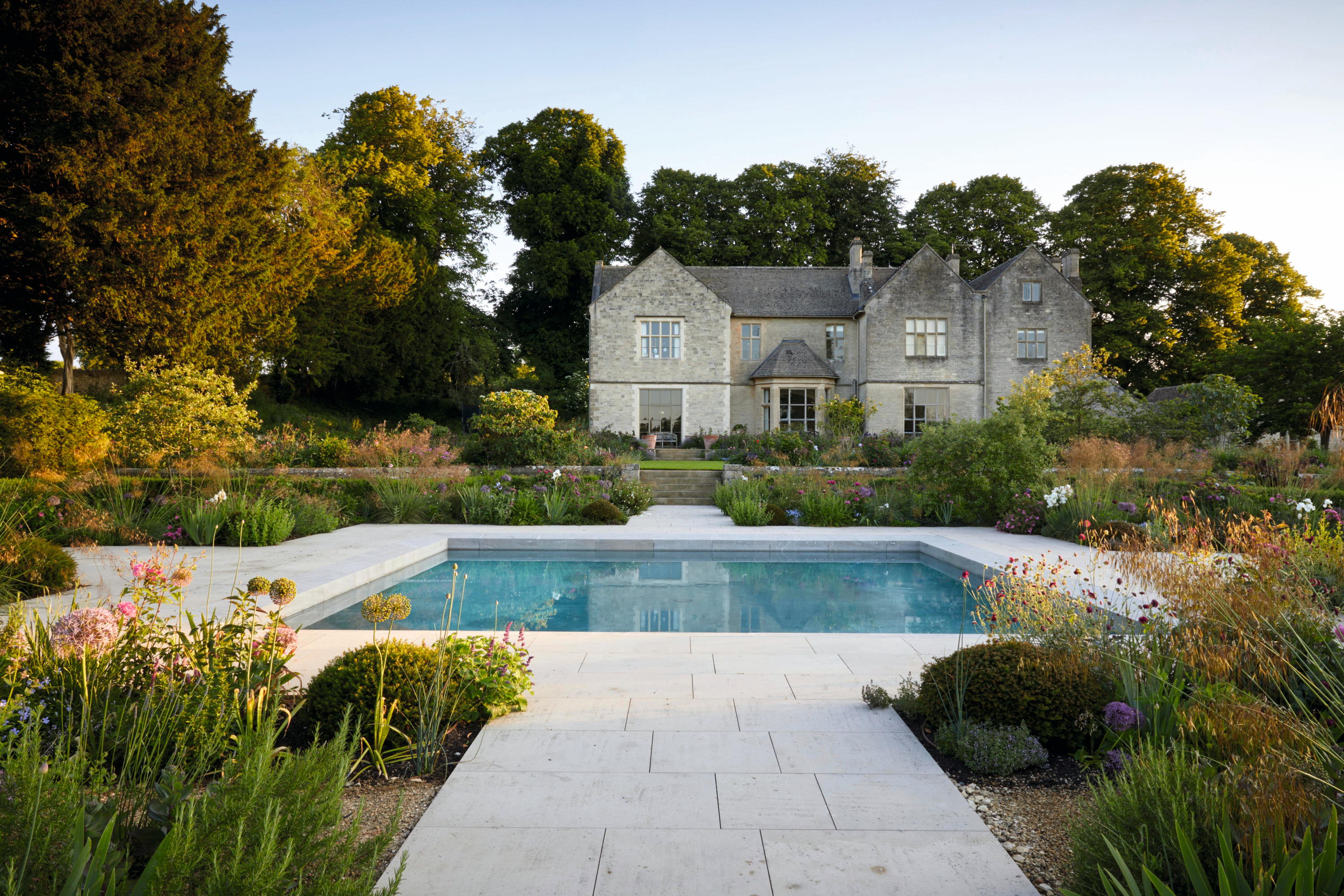

On a hot summer’s day, the herb garden just below the main house — a Victorian rectory in the Cotswolds — is busy with activity. Apart from the honey bees, hoverflies and bumblebees that provide a reassuring hum under a cloudless sky, Mansi Amin and her daughters are busy picking calendula flowers and sage leaves. The flowers are for a picture, the leaves will be used to make a sage honey.
Wild strawberries have self-seeded through the gravel edges of this small terrace, where a mulberry tree drops its midday shade on drifts of lemon balm, rosemary, mint, thyme and catmint — the latter will be used to produce an insect repellent. There are currants for picking and Cistus ladanifer, which thrives here. Ms Amin uses the herb garden assiduously to produce tinctures, oils and potions for the family. Anaya and Liyana are concentrating on the calendula design, working at the impressive stone table (of which more later) and from where one begins to understand the layout of the property.
The 1872 stone rectory dominates the top of a fairly steep slope that drops in stepped terraces providing dramatic views, firstly over the formal flower garden, then the meadow beyond to the tawny hedge-fringed fields and distant woods. The Victorian builders had managed the slope by constructing two dominant stone bastions, upon one of which the herb garden rests. (Hence the splendid view.)
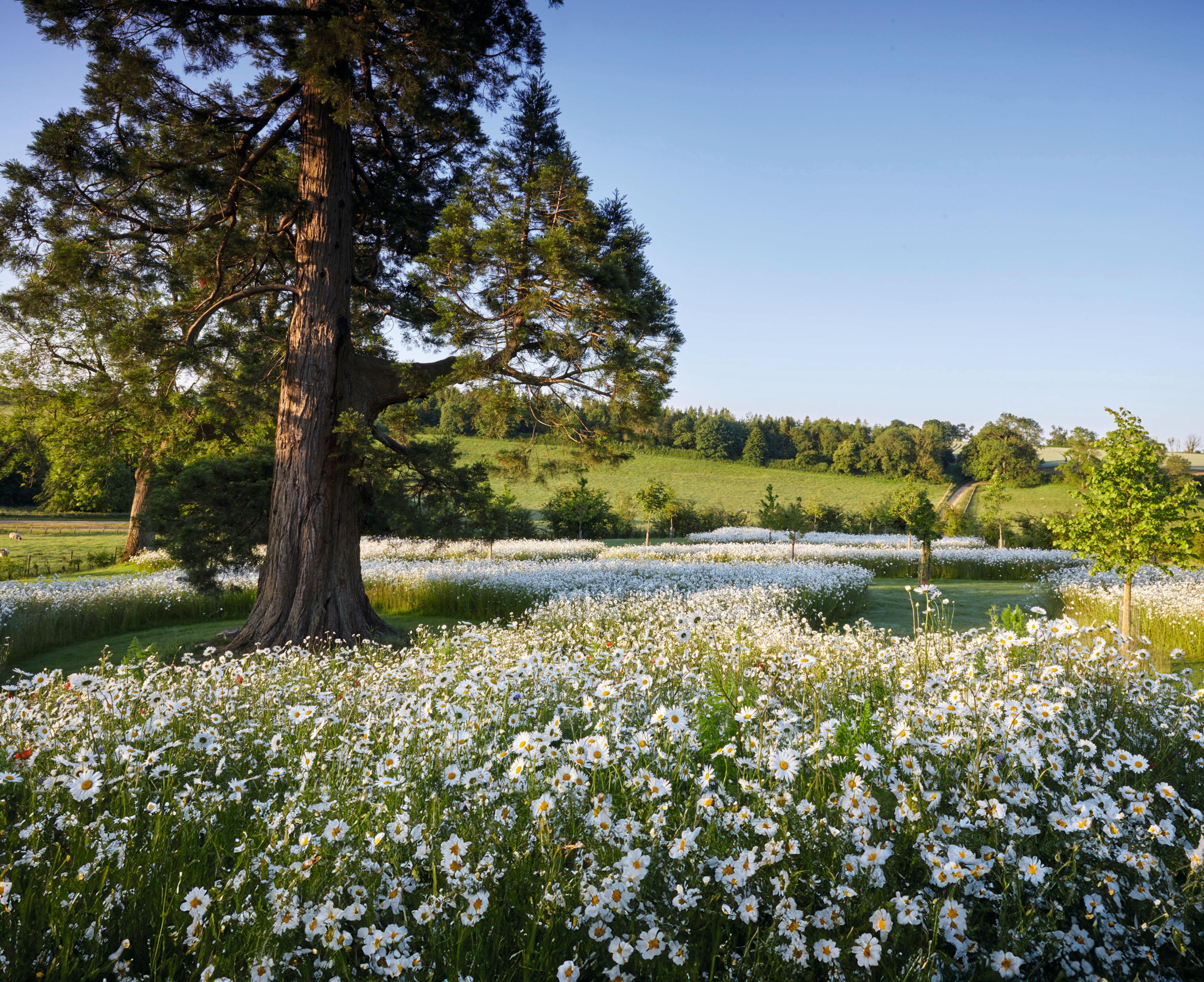
The swathe of previously empty lawn has been sown with wildflowers and planted with groups of flowering native trees. The great old Wellingtonia towers over all.
The formal areas around the house — which also include lawns and a swimming-pool garden with clean lines of flagstones — only take up two acres, leaving the much greater part of the land — five acres — to an orchard, an area of woodland surrounding a lake at the side of a sweeping meadow dotted with trees and a wildflower meadow. This naturalistic treatment makes complete sense here. It reduces the amount of regular maintenance — there is one full-time gardener — as well as merging into the soft folds of the Cotswold landscape that wraps around the property in an easy and familiar relationship.
Herbs, old roses, single-flowered annuals and airy perennials in a soft palette of dusty pinks and grey-purples flow easily across the terraces that carry the planting down the slope. Here and there are hot pinpricks of cerise Rosa odorata ‘Mutabilis’ and deep-burgundy buttons of Knautia macedonica. All this has been dreamed up by the designer Jinny Blom, who was brought in by the family a couple of years after they first moved here from a three-bedroom flat in London in 2017
The garden she first encountered was very different from the one the family enjoys today. It had been created for the former owners by an international designer who had laid out a bold conceptual design that had required a huge amount of hard landscaping and was underpinned with architectural box hedging. Apart from some lavender, there were no flowers, no colour, nothing soft or anything that complemented the gentle quality of the landscape. The new family, however, had moved from the city in order to be in the country: ‘We wanted areas left for wildlife and foraging and for the health of the land,’ recalls Ms Amin. ‘We wanted to bring Nature back into the garden to encourage more wildlife.’
When Ms Blom first saw the garden, the box and lavender had died. ‘There was only hard landscaping; it was windswept and bleak.’ A plan was made to retain as much of the hard landscaping as possible — why waste well-laid, good-quality materials? For the same reason, the decision was made to keep the large stone table, which had been cut to order in the Sierra Nevada, Spain, before being shipped to the Cotswolds. Other than rearranging some of the spaces and making flowerbeds where there had been none, the bulk of the work would be planting — after a gargantuan amount of clearing. ‘We carted off 2,000–3,000 cubic metres of builders’ rubble and spent two years clearing the box and carting away the muck,’ she remembers. ‘It was a massive job, but the rubbish soil has now been replaced with good soil and proper organic manure.’
Exquisite houses, the beauty of Nature, and how to get the most from your life, straight to your inbox.
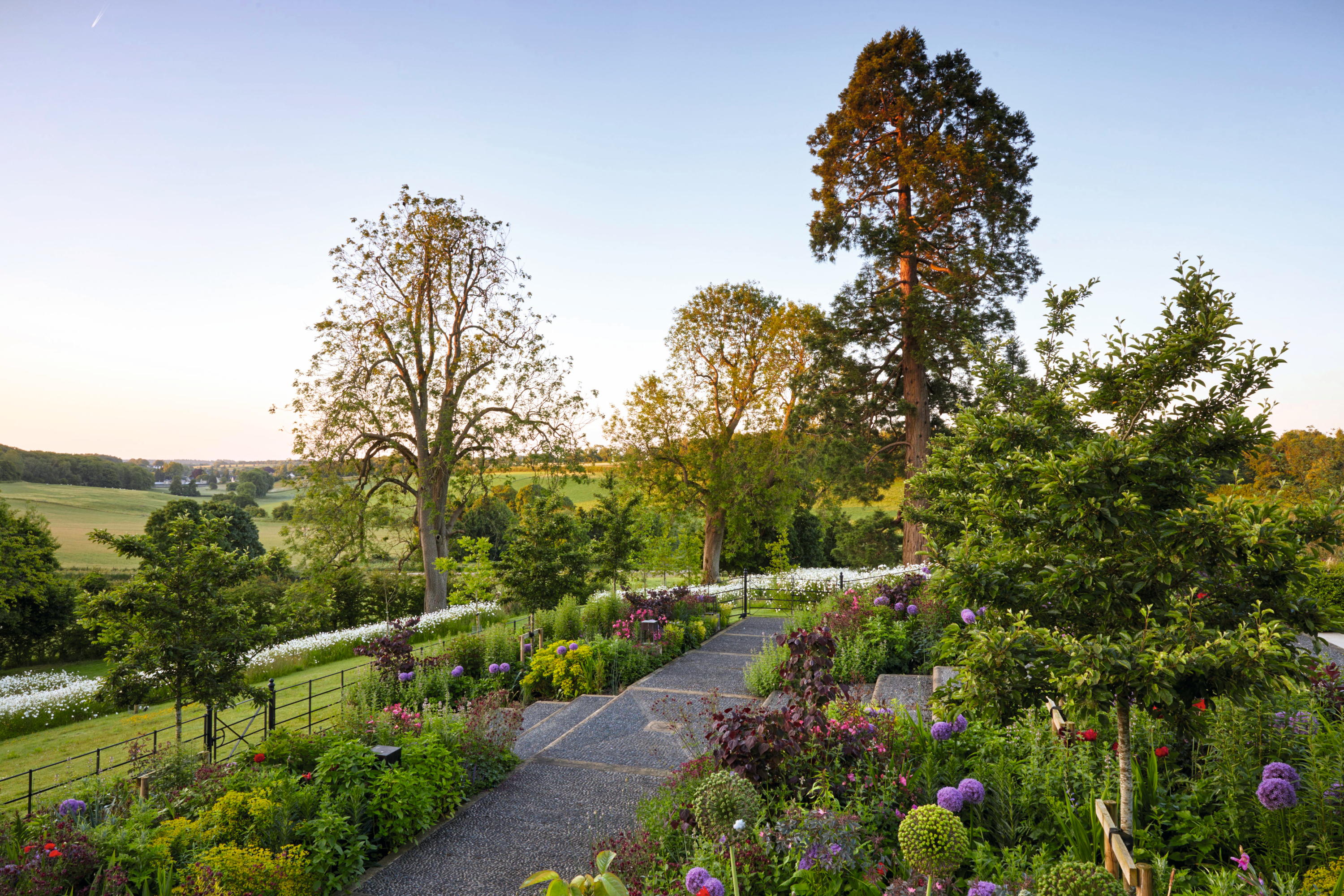
The soggy swimming-pool lawn is now paved and planted with stipa grasses, Knautia Macedonia and other airy pereennials.
Counter-intuitively, it was necessary, also, to add more hard landscaping around the swimming pool as that had been set in grass. ‘Grass is hopeless in England — it squelches — so I paved it and made a gravel garden around the pool.’ She also replaced the grass around the house with gravel paths softened with planting in beds and on the house walls. ‘I envisaged covering the house in climbers rather like Miriam Rothschild did at Ashton Wold in Northamptonshire. I wanted to make it sing, to make it very romantic, a bit Gilbert White meets Ashton Wold.’
Soft-palette plants at Hampnett House
• Nepeta grandiflora ‘Dawn to Dusk’ A lovely soft form of catmint with pinky-brown calyxes and pale flowers that works with lots of other things
• Achillea millefolium ‘Lilac Beauty’ Its muted colour blends easily and fades prettily. It picks up the flat heads of the native achillea in the meadow
• Knautia macedonica Airy and hugely attractive to bees. It is susceptible to mildew, but can be cut back and will soon regrow. Give it a summer chop for a second later blast of colour
• Agastache ‘Blackadder’ Good with roses, offering upright spikes of scented flowers from midsummer onwards
• Gaura lindheimeri Its shimmering white flowers are so gorgeous that one can forgive its propensity for dying out after a season or two. Best treated as an annual to avoid disappointment
Since moving to the Cotswolds, Mr Shah has become as much an enthusiast of the garden as his wife and, determined to understand the garden they would be making, he devoted a year to studying horticulture at Capel Manor College in Greater London. As gardens should be, this one is always evolving. ‘We try to work on two or three projects every year,’ he says. He has added more trees to the orchard that has been planted in the top field above the house and more than 100 heritage fruit trees have been set in the limestone brash that lies beneath the field. They have prioritised Gloucestershire varieties whenever possible and otherwise chosen heritage trees, pears, cherries, quince, plums, damsons and many apples. The vegetable garden is tucked away at the back of the orchard where it is more sheltered. To avoid chemical sprays, plants are mulched and given regular seaweed sprays from mid March to midsummer.
The north-facing courtyard at the entrance to the house — once bare gravel and little else — has been softened with climbers and new beds by the walls, now filled with a combination of bulbs, shrubs and perennials, including Rosa rugosa, sweet box Sarcococca ruscifolia and clumps of Euphorbia wallichii with ferns, all punctuated by dark yew columns. These echo the huge yews on the bank at the other end of the house, which started life as a Victorian hedge. Dozens of snowdrops have been planted along the bank and will gradually spread themselves under the yews.
The steep bank that drops from the driveway to the meadow, now clear of the old dead lavender, is much more happily filled with masses of English roses in shades of pink and white, with scent that is caught in the warm air and draws in the honey bees from the four hives in the woodland. From here, one walks into the meadow, where mown paths lead through the long grass. There are some mature trees, such as the Wellingtonia, but Ms Blom has planted relaxed groups of flowering natives that are settling in nicely. It is hard to believe that all this was once empty lawn, but then it is even harder to believe that there had previously been none of the gorgeous flowery generosity that is now the most enchanting feature of the garden.
Previously the Editor of GardenLife, Tiffany has also written and ghostwritten several books. She launched The Telegraph gardening section and was editor of IntoGardens magazine. She has chaired talks and in conversations with leading garden designers. She gardens in a wind-swept frost pocket in Northamptonshire and is learning not to mind — too much — about sharing her plot with the resident rabbits and moles.
-
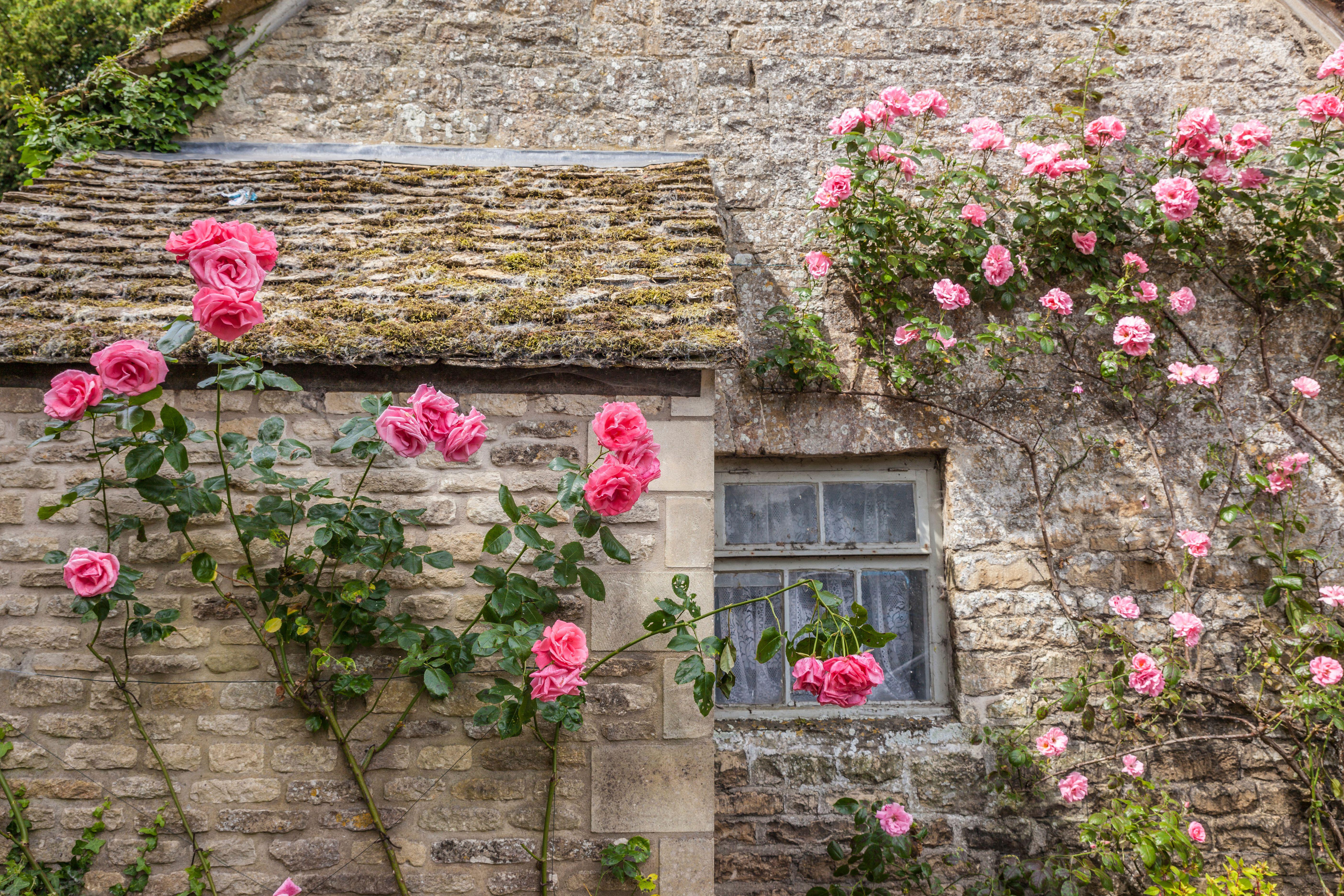 Bare roots: How to find the perfect rose and how to plant it
Bare roots: How to find the perfect rose and how to plant itTabi Jackson Gee moved to a cottage in Wiltshire, and went about finding the perfect rose to bring light and colour to the garden.
-
 Flying backwards, pink milk, and holding your breath. A Country Life quiz of animal facts
Flying backwards, pink milk, and holding your breath. A Country Life quiz of animal factsDo you know the difference between a bobbit worm and a mantis shrimp? You will soon.
-
 Bare roots: How to find the perfect rose and how to plant it
Bare roots: How to find the perfect rose and how to plant itTabi Jackson Gee moved to a cottage in Wiltshire, and went about finding the perfect rose to bring light and colour to the garden.
-
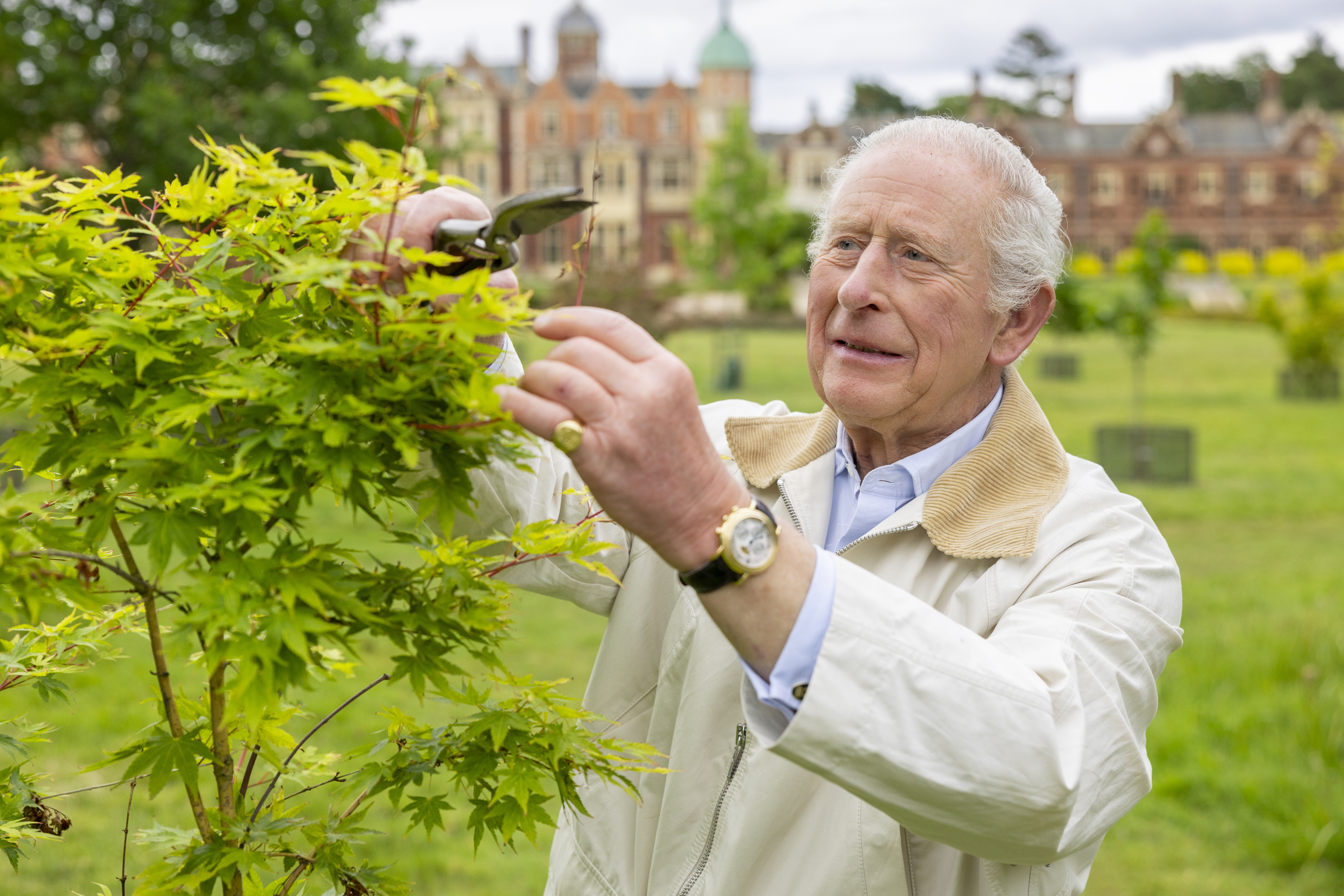 A royal success: The King's gardens at Sandringham
A royal success: The King's gardens at SandringhamIn only three years, The King has overseen a remarkable resurrection of the gardens and parkland at Sandringham. Charles Quest-Ritson visits
-
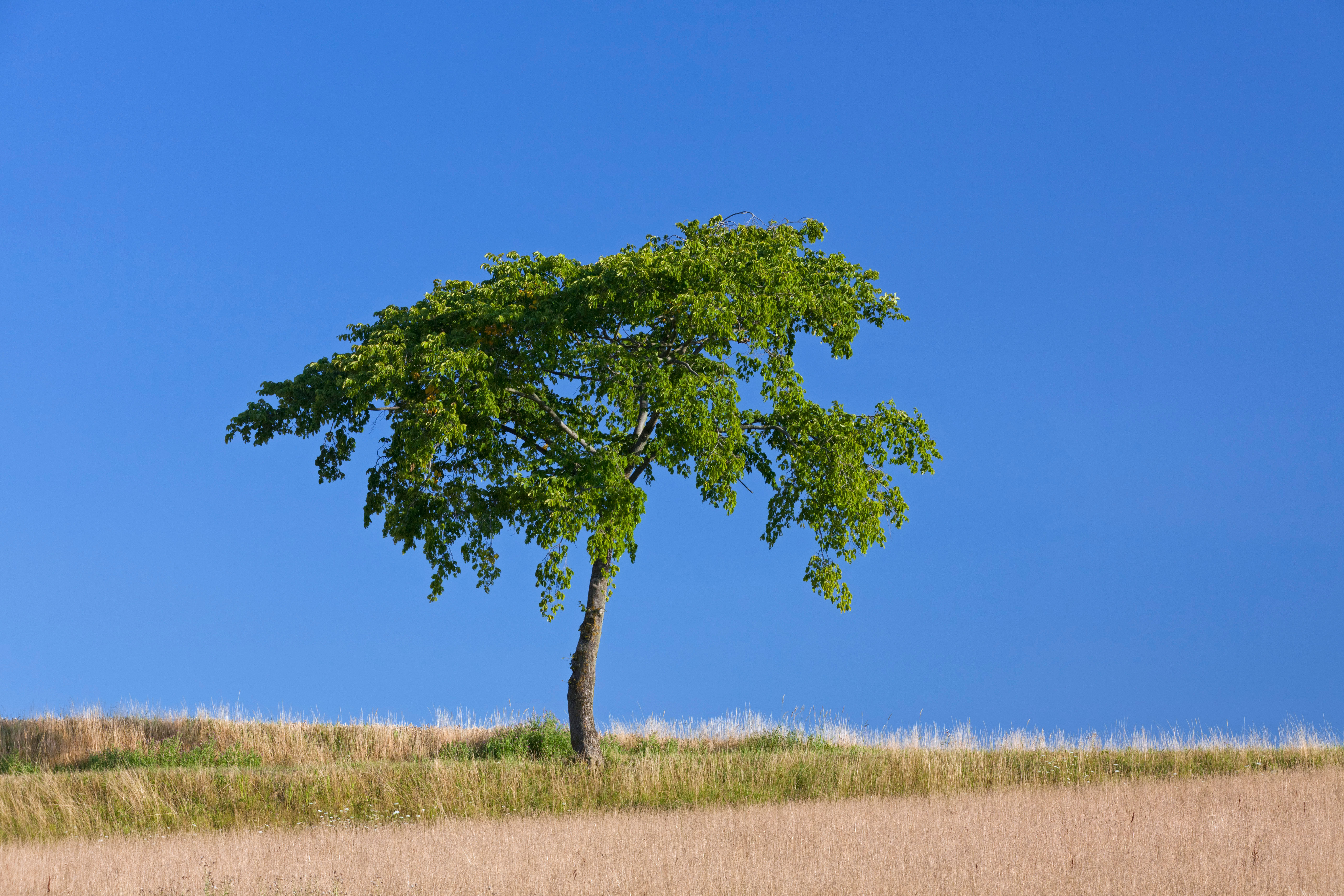 The trees that are as fine to eat as they are to look at
The trees that are as fine to eat as they are to look atMark Diacono doesn't grow many trees for the sake of the bounty they provide — but these are the notable exceptions.
-
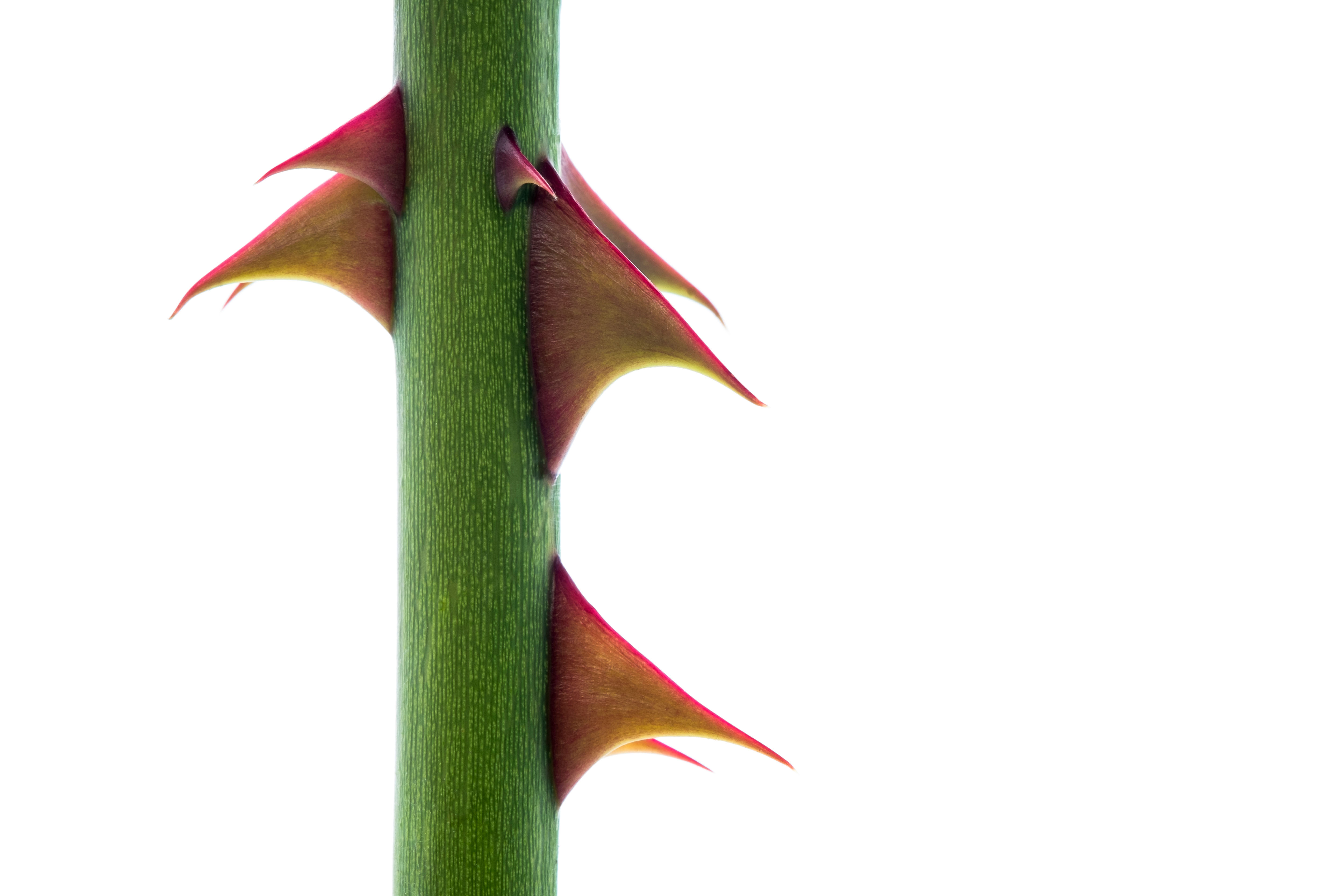 Bothered by brambles and snagged by sow thistles, but what is the point of all this thorny microaggression?
Bothered by brambles and snagged by sow thistles, but what is the point of all this thorny microaggression?Nature’s spiky deterrents — thorns, spines and prickles — may be quick to catch us out, but they can also prove to be a useful ally.
-
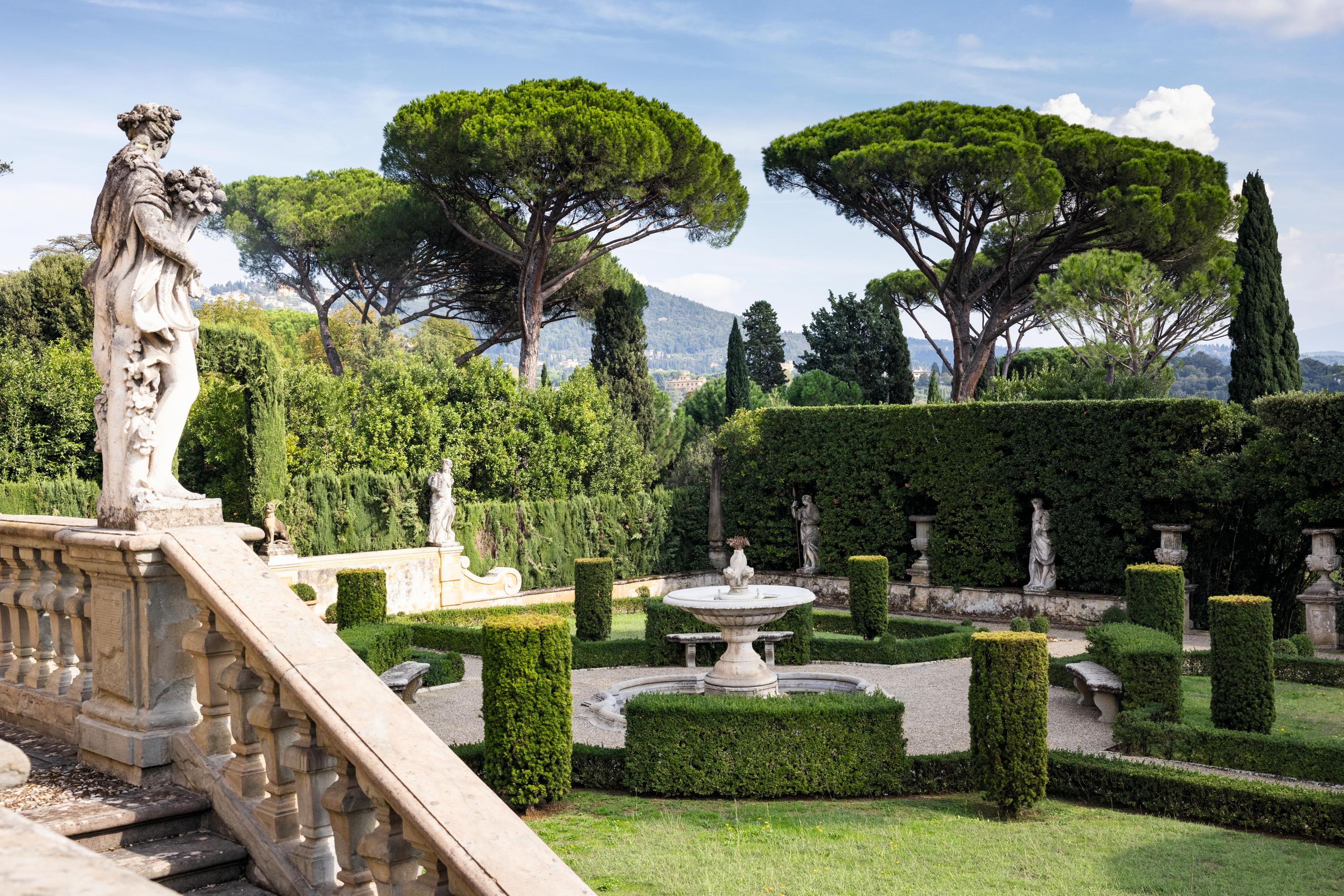 The Tuscan gardens where the English and Italian traditions come together, and Yorkshire rhubarb grows happily beside spectacular citrus
The Tuscan gardens where the English and Italian traditions come together, and Yorkshire rhubarb grows happily beside spectacular citrusNick Dakin-Elliot, who gardens in Tuscany, is still moved by the Italian hilltop gardens that command some of the most beautiful views in the world.
-
 'My family wore wool at a time when everyone else had cast it off in favour of manmade fabrics': The knitwear pioneer who is one of David Beckham's countryside champions
'My family wore wool at a time when everyone else had cast it off in favour of manmade fabrics': The knitwear pioneer who is one of David Beckham's countryside championsJulie Harding speaks to Rachel Carvell-Spedding the founder of British knitwear brand Navygrey, and one of David Beckham's countryside champions.
-
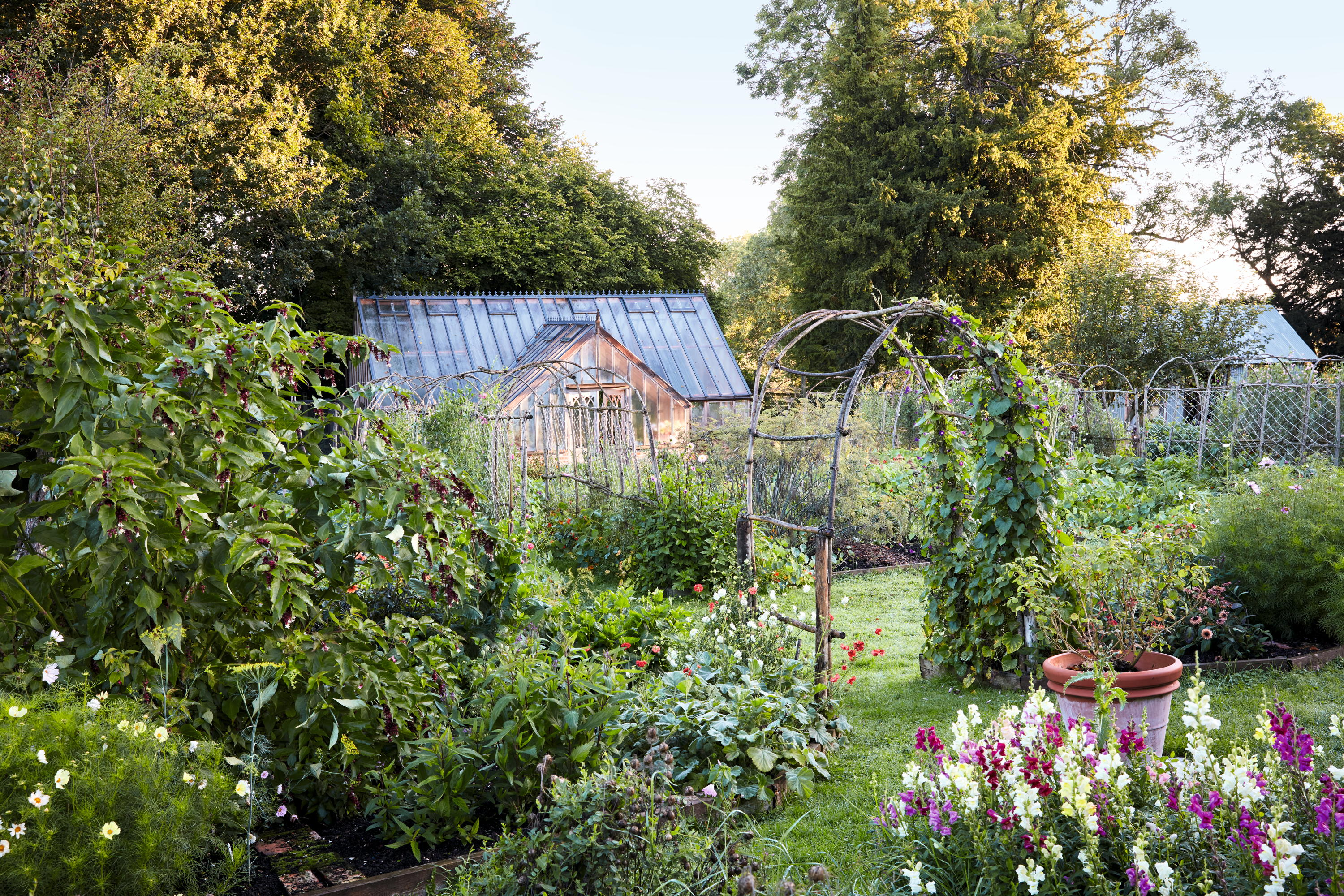 James Alexander-Sinclair: Making a new garden for someone is 'thrilling', but we need more sensitive and skilled gardeners to look after them
James Alexander-Sinclair: Making a new garden for someone is 'thrilling', but we need more sensitive and skilled gardeners to look after themPay your gardeners properly, says James Alexander-Sinclair as, without them, you will have no garden.
-
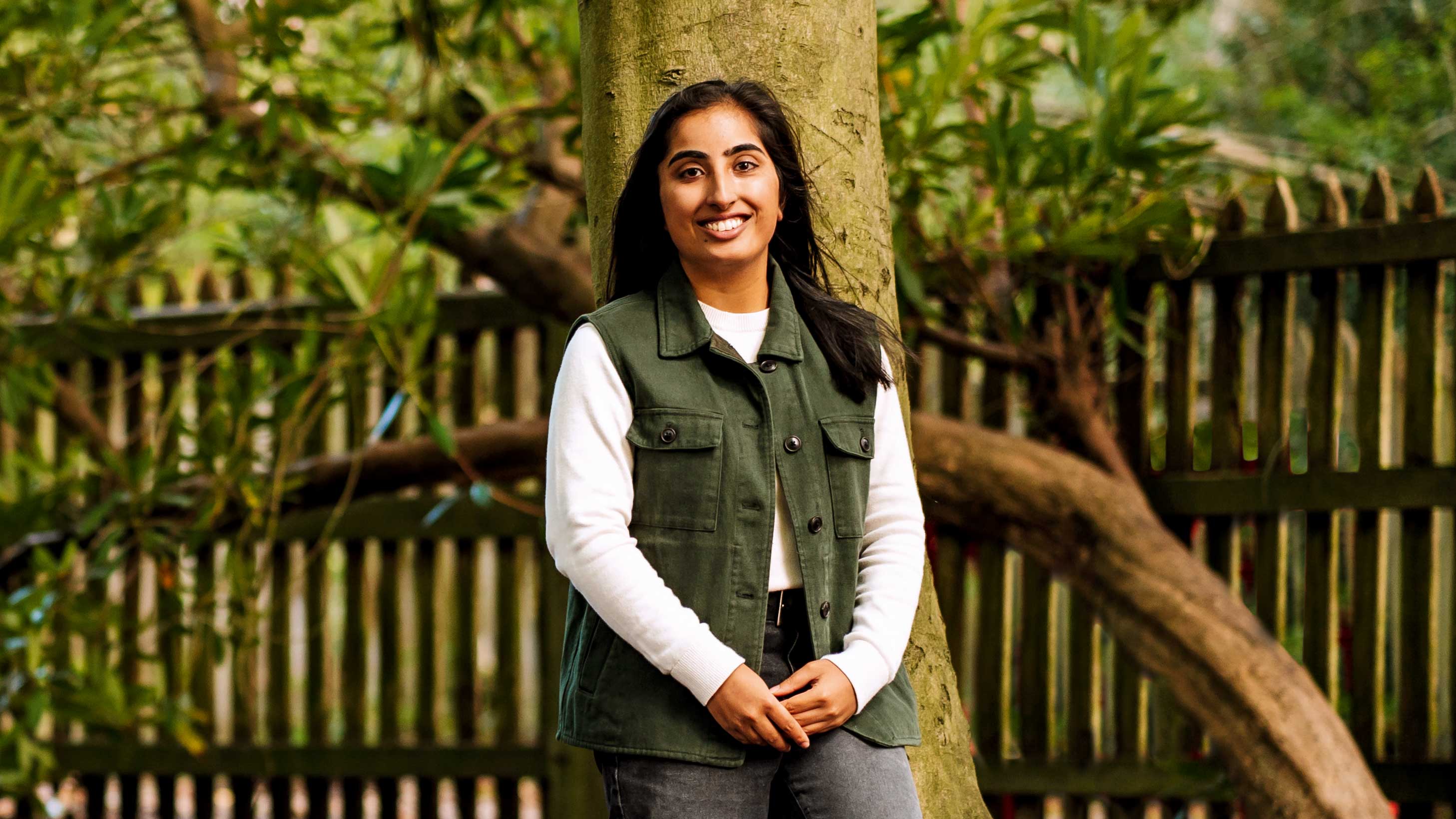 'Seeing the work that people are doing all around the world has given me hope for the future': The young naturalist who is one of David Beckham's countryside champions
'Seeing the work that people are doing all around the world has given me hope for the future': The young naturalist who is one of David Beckham's countryside championsJulie Harding speaks to Ramandeep Nijjar, a young naturalist who has made an impact on the world even before finishing university, and one of David Beckham's countryside champions.
